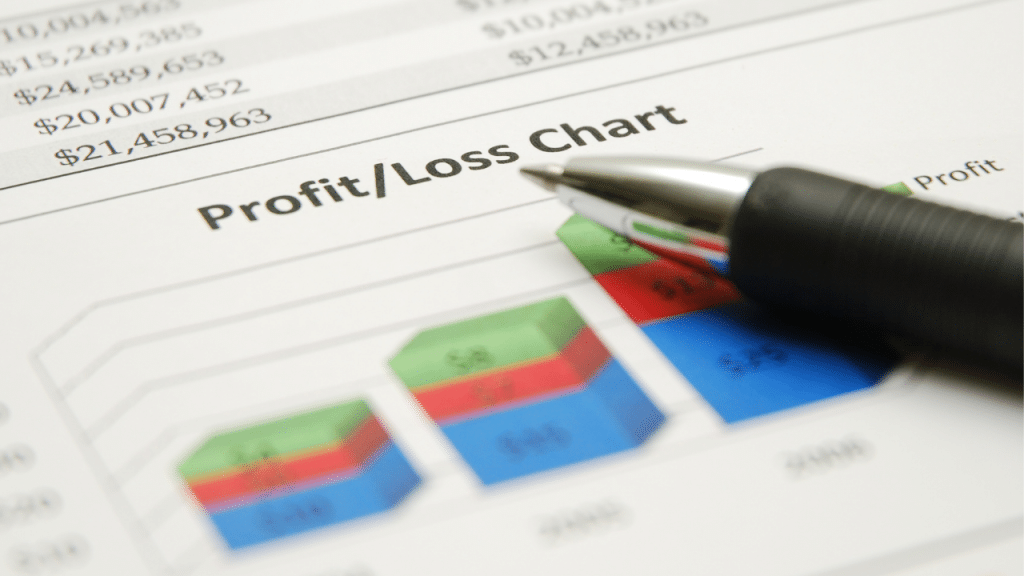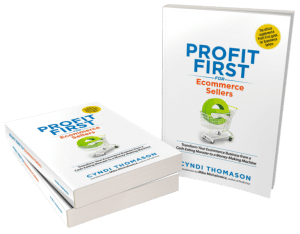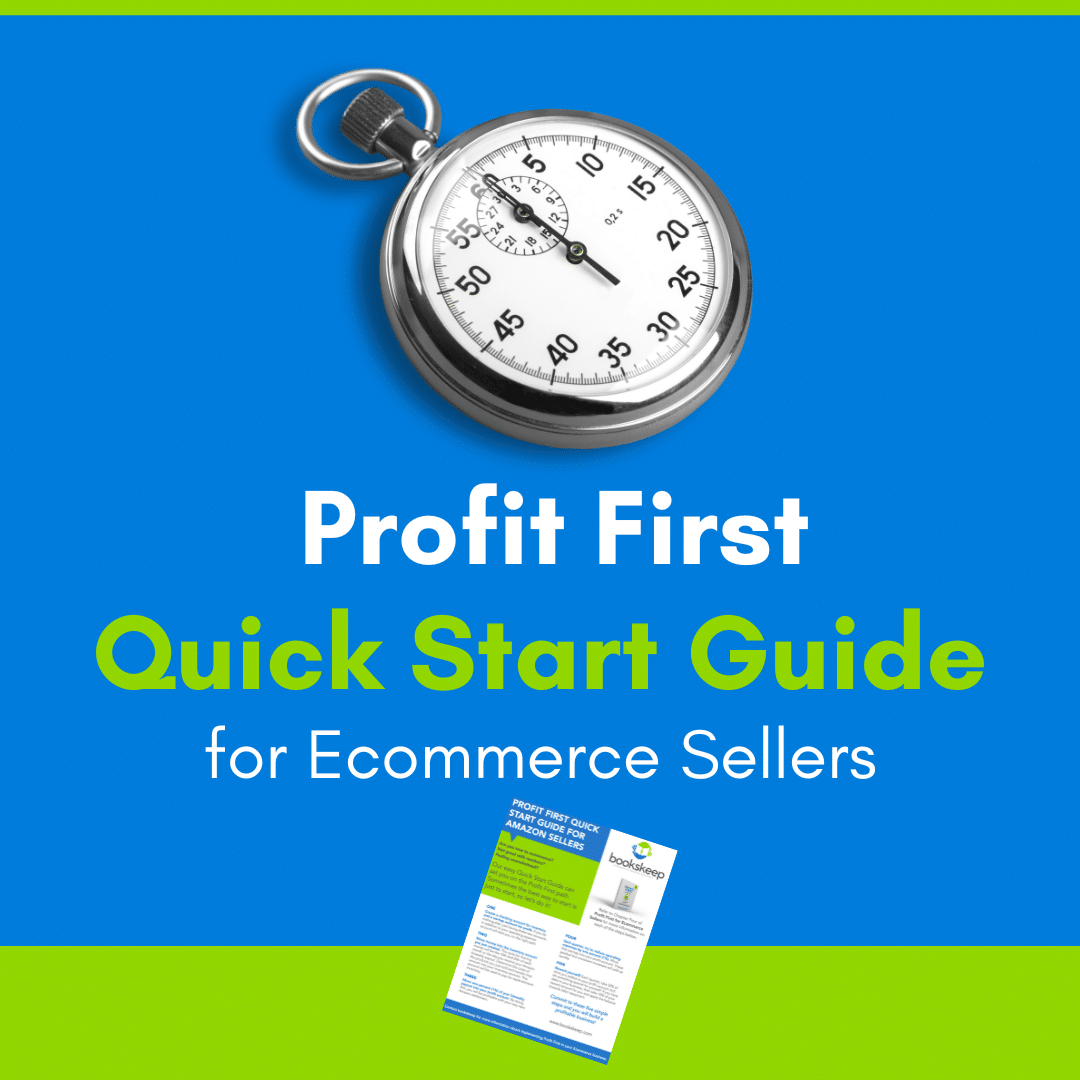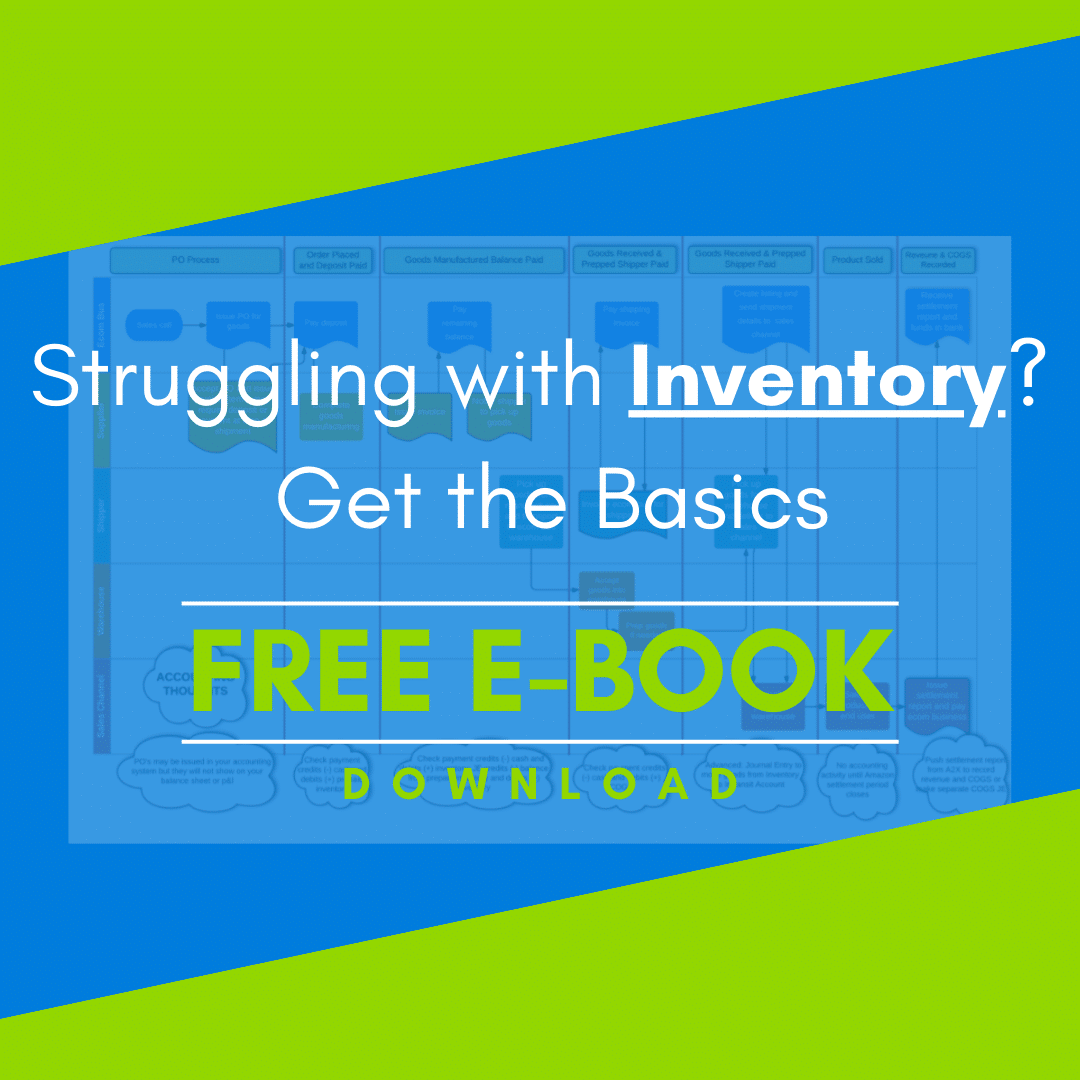
In our second video blog of this series, we dive into the Profit & Loss Statement, or your P&L. This is a critical report and understanding how to review it and what to pay close attention to will help you keep a pulse on your business.
What to Review on Your P&L
Let’s dive into what you need to review on these statements that you will pull out of QuickBooks or Xero—The Profit and Loss and the Balance Sheet.
Here’s a peek at what you’ll find in this week’s video:
Profit and Loss
There’s a fundamental difference between your profit and loss and your balance sheet. Your profit and loss is what’s happening this year. Now, for some of you, you may have some odd fiscal year that doesn’t follow the calendar year, but for most small businesses, January 1st to December 31st is your fiscal year. And that’s what your profit and loss is going to show for your current year.
Balance Sheet
Your balance sheet tracks the performance of your business from its inception.
Revenue
This is income related to the sale of your products. The income section is a critical piece of your P&L. You should compare the year to date this year to the same time period the previous year. You should also pull this report for the entire year displaying month by month. This will allow you to see trends in your revenue over time.
Cost of Goods Sold (COGS)
This number reflects the costs associated with getting your product to market. This may include everything from manufacturing, freight and shipping, packaging, and other similar costs. It’s important to monitor these costs closely to determine if your product is truly profitable. You will also want to compare this year’s COGS to the same period last year. In addition, review your P&L Year to Date by month so you can understand the relationship of your COGS to revenue.
Gross Margin
If you pull your Profit and Loss Statement total for the year compared to last year, you can easily see if your Gross Margin is improving or not. Gross Margin is displayed on the report and is calculated as (Revenue – COGS) = Gross Profit. Gross Profit /Revenue gives you a ratio, so multiply it by 100 to get the Gross Margin percentage. To understand your business financial performance, compare it month by month and year by year. If your inventory tracking is not robust, you will likely see issues where your gross margin isn’t consistent. Work to understand your inventory valuation each month and this will likely improve.
Expenses
As with the other sections of the P&L, you want to compare the current year to date with the previous year in the same time period along with the month-by-month performance in the current year. Have your expenses increased? If so, why, and what can you do to improve them? If some expenses are drastically reduced, did you forget to pay a bill?
Other Income and Other Expenses
Many times on the P&L you’ll see other income and other expenses kind of tacked on at the bottom. And the reason those items show up there is those are things that don’t impact how you are running or operating your business. So, for example, if you have interest income, it’s typically not a function of the way you’re operating your business. These are small dollars here. So, it really wouldn’t hurt if they were up in operating expenses, but technically they’re not part of the operations of the business.
To get the full content of today’s topics, along with visual examples of these crucial sections of the P&L and how to read them, click here to watch Part 2 of our video blog series, What to Review on Your P&L.
In next week’s video, we will discuss what to review to get the most out of your balance sheet. Check back then!
Interested in Profit First?

You can also sign up for the Profit First for Ecommerce Sellers Online Course. As a Mastery Level, Certified Profit First Professional, I will teach you why Profit First works so well for ecommerce businesses and the particular challenges for businesses that have physical products requiring inventory management. You will learn how your behavior drives your money management habits for your business and how you can set up your business bank accounts to work with your habits.
Check out all our ecommerce accounting and profit advising services here!




Leave a Comment